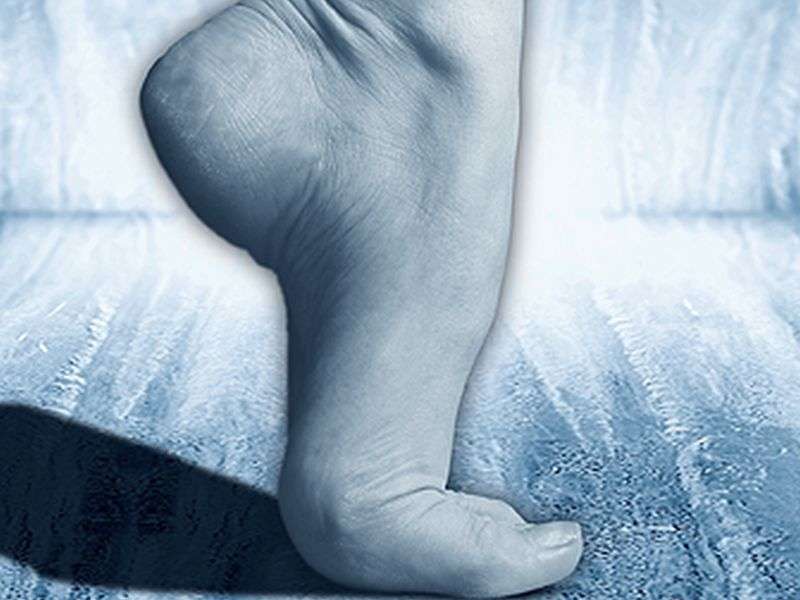(HealthDay)—Sonography (US) is important for diagnosing compression of branches of the deep peroneal nerve, according to a case study published online Aug. 10 in the Journal of Clinical Ultrasound.
Paraskevas Brestas, M.D., Ph.D., from Melissia DRDC in Athens Greece, and colleagues reported the case of a 55-year-old woman with a four-month history of ankle instability. The instability did not improve after the patient was advised to avoid wearing tight shoes and chronic overuse activities, and she experienced mild weakness of extension of the toes and pain in the anterolateral aspect of the ankle.
The researchers identified the presence of a ganglion cyst on ultrasound examination, which was selectively compressing the lateral branch of the deep peroneal nerve. The patient underwent sonographic-guided aspiration of the cyst and corticosteroid injection. This resulted in nerve decompression and progressive symptom resolution, with complete resolution of ankle instability two months after aspiration.
"This case demonstrates the importance of examining the deep peroneal nerve and its branches when performing US in the clinical setting of ankle instability," the authors write.
More information:
Abstract
Full Text (subscription or payment may be required)
Copyright © 2016 HealthDay. All rights reserved.























